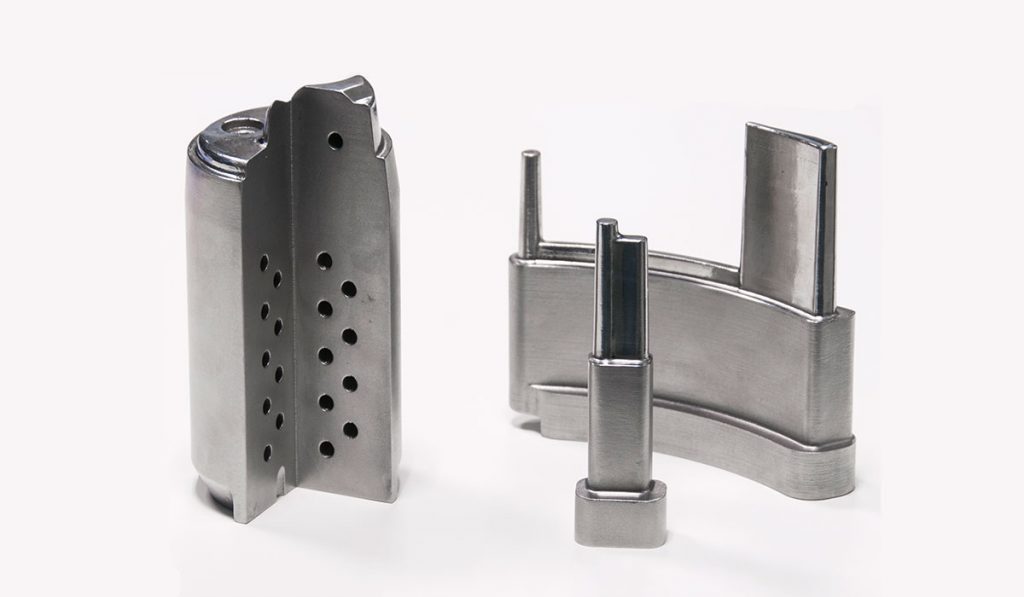
Additive Manufacturing, and in particular the DMLS / SLM production technology for metal 3d printing, is used for the production of inserts for injection molds and for die-casting. By exploiting the potential of industrial-class plants, it is possible to define complex geometries that bring strong advantages in the critical aspects of the element, such as cooling it.
Traditionally, the molding with metal inserts is carried out with the aim of reinforcing the mechanical properties of the inserts, reducing the cycle time and obtaining molded articles with a better aesthetic / dimensional quality.
The other purpose is to insert an element with specific thermal properties, in a mold of a different material, having other mechanical performances (perhaps lasting over time).
Another use, more critical, concerns the creation of particular and equidistant cooling channels from the surface. Such cooling channels allow a greater heat dissipation in the unit of time with the consequent reduction of the duration of the molding cycle and a reduction of the deformations on the finished product, increasing the quality of the final product.

Dissipating more heat in less time can be done by reconstructing the cooling channel near the surface of the part. Obviously, in the case of complex shapes, traditional methods such as milling and drilling have physical limits that are almost impossible to overcome.
Using additive manufacturing through the sintering technology of metallic materials makes it possible to solve this problem by relegating it to a resolvable technical question. The possibility of constructing free geometries, melting layer on layer metal powders of identical alloys for mechanical properties and resistance to pieces obtained from solid, allow a natural adaptation to each shape ensuring a uniform dissipation of heat over the entire surface.
If you need to print a critical and important piece with a complex shape, make sure that the production system you have chosen works at its maximum efficiency while also maintaining the perfect replicability of the elements produced.
The metal inserts made by Industrial Additive Manufacturing can be the element that significantly improves your production process.
Source: ZARE